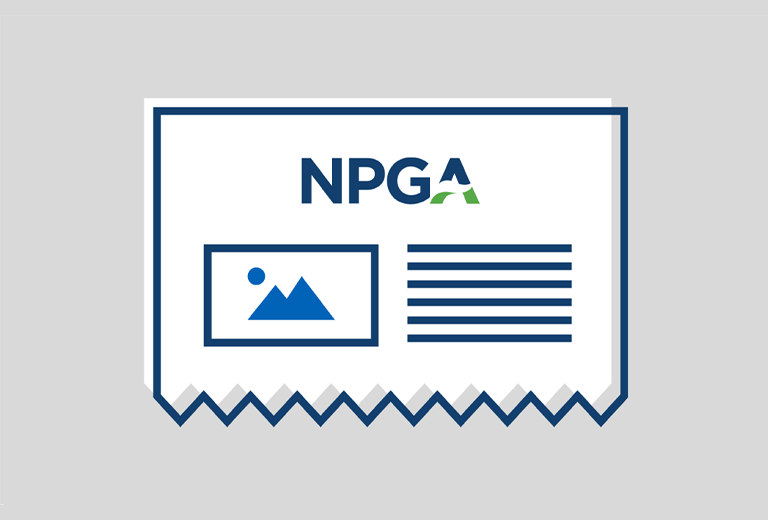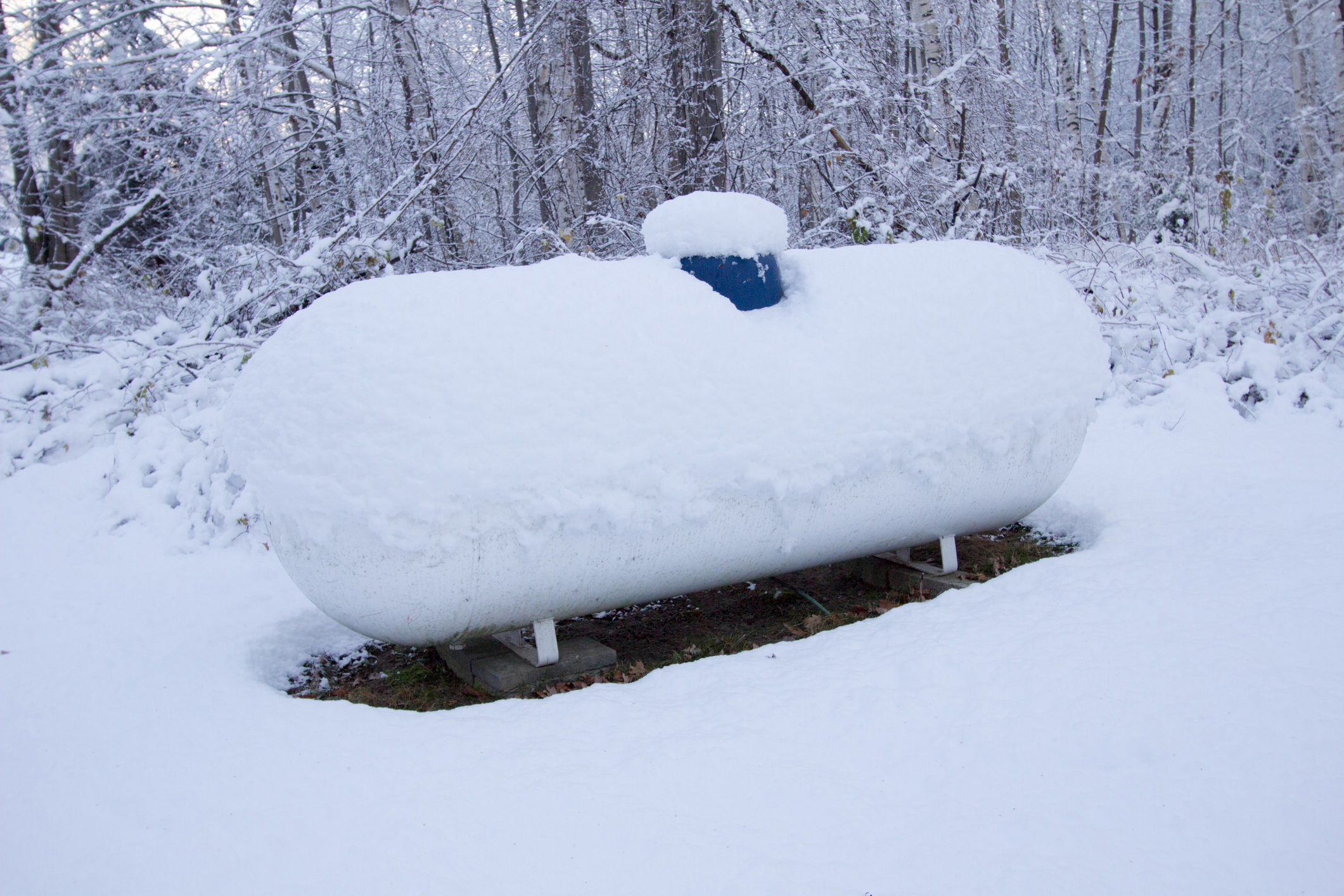The U.S. Energy Information Administration (EIA) is projecting U.S. households will spend more money on energy this winter than last, with propane projected to be 54 percent higher this year.
An October 19 webinar co-hosted by EIA and the National Association of State Energy Officials reviewed EIA’s Winter Fuels Outlook, including receiving an overview of the current propane market from RBN Energy’s Rusty Braziel. The outlook notes that retail energy prices for several fuels are already at their highest point in several years. Specific to propane, EIA projects propane households to spend 14 percent more on average for heating this winter compared with last winter, with forecast changes in expenditures varying by region. EIA expects that households heating with propane in the Northeast will spend an average of $2,012 (47 percent) more this winter than last winter, a result of forecast propane prices that are 42 percent higher and average household consumption that is forecast to be 3 percent higher than last winter. In the Midwest, EIA projects households to spend an average of $1,805 (69 percent) more, reflecting average propane prices that are 65 percent higher and consumption that is 2 percent higher. In the South, EIA projects households to spend an average of $1,643 (43 percent) more, reflecting average propane prices that are 42 percent higher with a similar level of consumption.
EIA reports residential propane prices this winter are expected to be the highest since the winter of 2013–14. Propane spot prices have recently been at their highest levels since February 2014 as a result of increased global demand for propane, relatively flat U.S. propane production, and less global propane production because of limited oil supplies from OPEC+ countries. These factors have contributed to U.S. propane inventories building at a slower pace than the previous five-year average over the summer. The significant increase in wholesale propane prices is subsequently pushing up retail propane prices.
Given relatively low inventory levels heading into winter, EIA notes weather will be a key determinant of propane market outcomes and consumer expenditures this winter. In the base temperature case, EIA forecasts 11 percent more U.S. propane production at natural gas plants and refineries this winter, 1 percent more domestic consumption, and net exports that are 4 percent higher than last winter. EIA forecasts U.S. propane exports this winter will be similar to last winter’s high levels. Propane production outside of the United States remains below last year’s levels because of ongoing OPEC+ crude oil production cuts and high global demand for propane as a petrochemical feedstock. Both of these factors have kept international propane prices at a premium relative to U.S. wholesale prices. EIA also expects global propane supplies will increase this winter as OPEC+ continues to increase production, which could lessen demand for U.S. exports. Propane inventory levels in Western Canada, which are currently below the previous five-year average, may limit the quantity of propane available for import into the Midwest. In addition, producers in Canada now have two marine terminals that provide direct access to overseas propane markets, reducing exports to the United States by rail.
A recording of the 2021 – 2022 Winter Energy Outlook Webinar can be viewed on YouTube. Presentations providing propane supply information from RBN Energy as well as the overview of the EIA outlook and winter weather predictions from the National Oceanic and Atmospheric Administration are also available online.
Related News

USDA Crop Progress Report
April 25, 2024
The U.S. Department of Agriculture (USDA) Crop Report as of April 22, 2024, shows promising developments in corn and soybean planting, crucial info...

Webinar: International Market Dynamics in Propane
April 25, 2024
Join NPGA’s insightful webinar on May 16th at 2 pm ET, focusing on the complexities of international propane markets and their impact on the ...

Expo Call for Presentations
April 25, 2024
Submit your idea today! The National Propane Gas Association is now accepting education and fast track session proposals for the 2025 Southeastern ...

